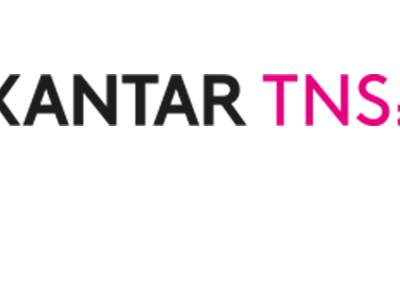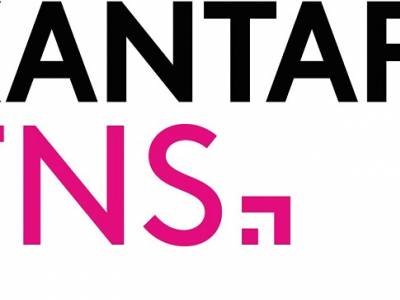Guest Article: Gender intelligent design - What brands need to know
As the world evolves to design itself around the needs of both genders, it will take the worlds of advertising, product design and customer experience with it. In traditionally male-dominated categories, are women genuinely less interested or simply not catered to? Are brands missing out on revenue opportunities by not catering for women’s needs?
The design of our present world is biased towards men, with women lamenting how they feel ignored by financial services products which don’t meet their needs, or that sales staff continue to patronise them in car dealerships.
Despite the powerful economic influence of women today, there are areas where women are disproportionately influential but inadequately served: where they feel products are not designed for them, communication does not speak to them and customer service does not understand them.
This is compounded by convergence of ‘traditional’ gender roles: the percentage of men who identify as the primary household grocery shopper and the primary child carer has doubled in the past 20 years.
As old concepts of masculine and feminine change, new opportunities arise. Yet many brands are scared to act fearful of public backlash, or alienating their current audience. Still more fail to recognise the commercial opportunity, seeing only prospects for goodwill or moral gains.
Many are doing well, however. In June 2016, Unilever initiated a business wide re-evaluation of how they depict women in their advertising and committed to presenting a more progressive vision of female identity in their communications. When such a big advertisers acts, the industry listens.
Despite $3 billion in annual sales, Knorr’s advertising, like many other popular Unilever brands, featured some outdated female stereotypes. Unilever’s #Unstereotype initiative decided to shake that up. Knorr’s #LoveAtFirstTaste interactive film sees UK singles on blind dates, being matched by their love of certain flavours. Why? Because Knorr found 3 in 4 people across 12 countries are attracted to people who like similar flavours.
Growing female power
However, this gap also creates an opportunity: Unilever’s recent work with Kantar Millward Brown showed that advertising featuring more progressive female characters led to a 12 per cent increase in impact. Whilst Bob Liodice, CEO, ANA, is quoted as saying: “The right advertising environment for women can improve ad effectiveness by as much as 30 per cent.”
Brands ignore this at their peril. A recent Pew research study of 30-44 year-old women showed that the more money women earn, the more spending they control. Women influence anywhere from 64 per cent to 85 per cent of buying decisions and once male dominated categories are fast becoming female dominated ones. Women are accountable for an estimated $20 trillion in spending globally.
So, what can we do about it?
The key lies in recognising, interrogating and leveraging the difference between the type of relationship men and women want with brands across all touchpoints.
Understand your biases
To better market to men and women, brands need to understand the unconscious biases which might be skewing their perspective. Only then will they be able to develop effective campaigns and design intuitive products and services which either speak well to everyone’s needs or that target one gender or the other intentionally from the outset, without the blindness of unconscious bias.
Design to the edges
There is a principle from human-centred design called ‘designing to the edges’. Instead of products being designed for the average person or lowest common denominator, they are designed for the extremes, meaning they are flexible, versatile and suited to as many people as possible.
Women and men (in general), desire different things from brands and products. For example, men tend to be more object-oriented, whilst women prefer to connect with ‘people’, a trait that can be observed from infancy. Men tend to lend more weight to logic, control and explicit messaging and design, whilst women prefer solutions which offer meaning, connection and the implicit.
Embedding an understanding of gender differences within a brand’s design process can help iron out these biases before they become ingrained. ‘Designing to the edges’ is not about gender neutrality. It is about taking inspiration from one gender in order to make things better for everyone.
Don’t assume it means ‘femvertising’
One of the biggest misnomers found in market research was that appealing to women meant overt ‘femvertising’. Although campaigns such as Always’ #likeagirl were successful, such overt purpose orientated messaging is not right for every brand and lazy ‘pink it and shrink it’ approaches to product design should be avoided.
On a gender spectrum where masculine and feminine perspectives sit on opposite ends, gender washing only serves to pull from one edge toward the middle, resulting in campaigns that are off-putting to both men and women.
Instead, think about appealing to genders authentically. Businesses that are able to confidently navigate the gender conversation in marketing, in part, to be able to do so because they have moved ‘beyond’ the issue. It is acknowledged, addressed and then becomes part of a larger conversation about people, including, gender, psychographics and needs. But we’re not there just yet.
Brands like Apple, IKEA and Uniqlo communicate to the genders effectively (‘to the edges’) by acknowledging differences, whilst avoiding stereotypes, ‘femvertising’ or being genderless.
Take inspiration from one gender to make things better for everyone
There are countless opportunities for brands who lead with “gender intelligent” design, which meets the genuine needs and sentiments of both men and women.
Today, businesses increasingly realise that they have the opportunity and, perhaps, the responsibility to have a positive impact on society. By re-examining how they serve the two biggest segments of consumers – men and women – brands can better understand areas for improvement and make a genuine change for the better, whilst positively impacting their bottom line.
(Amy Fridlund is Insights Curator, Brand and Communications - APAC at Kantar TNS.)














Share
Facebook
YouTube
Tweet
Twitter
LinkedIn